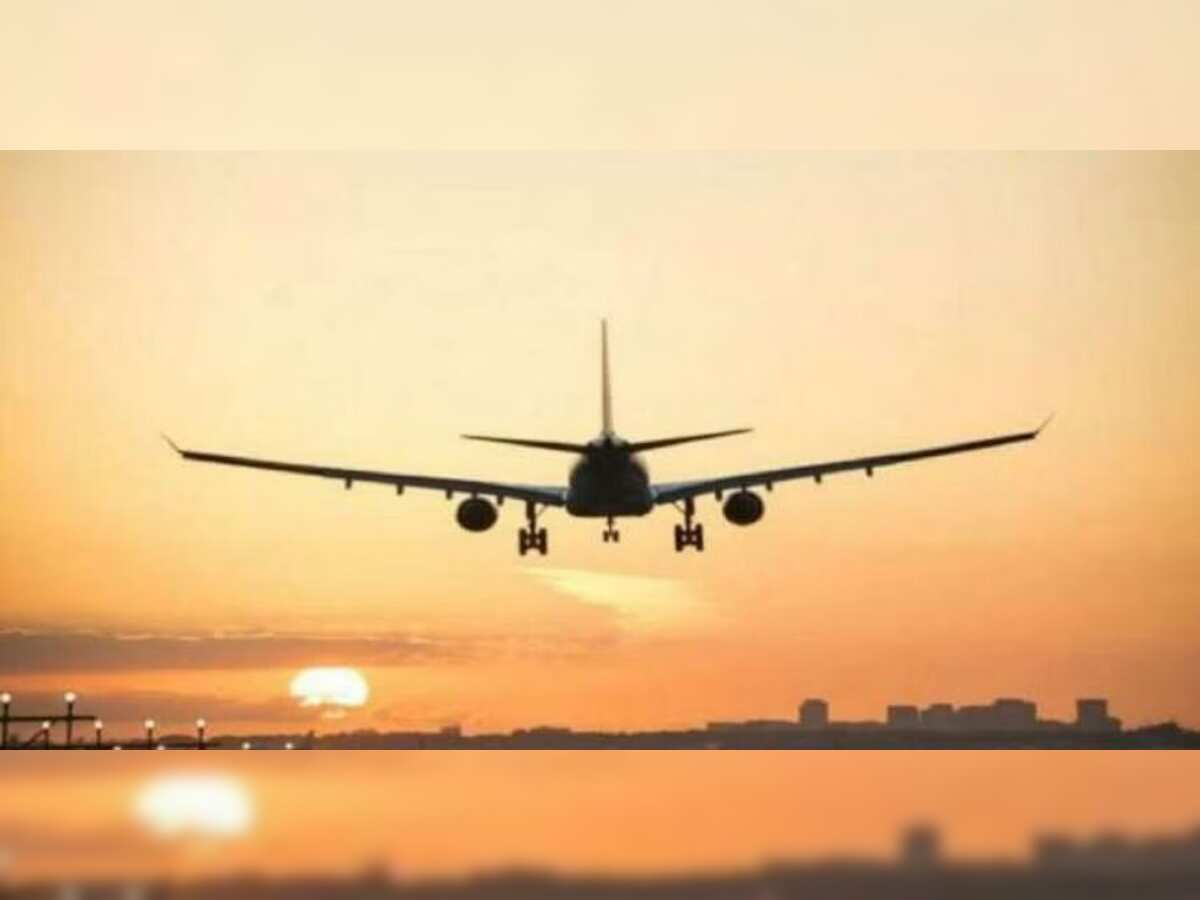Advertisement

Today, the US and China remain the largest domestic aviation markets….reports Asian Lite News
Driven by robust growth in the aviation sector in the last decade, India is now the third-largest domestic airline market in the world, up from 5th position 10 years ago.
Ten years ago, India was the smallest market with around 8 million seats, followed by Indonesia at 4th and Brazil at 3rd place, and the US and China occupying the top two positions.
Today, the US and China remain the largest domestic aviation markets.
“However, India is surpassing the Brazilian and Indonesian domestic markets to become the third-largest domestic market with airline capacity of 15.6 million seats in April 2024,” according to OAG data.
India’s capacity growth rate of seats over a 10-year average is the highest, growing at 6.9 per cent annually.
“India is the fastest growing market across all five domestic markets we considered. China was close behind with annual growth of 6.3 per cent between 2014 and 2024, and there is a much smaller growth rate in the US and Indonesia,” according to the data.
According to the OAG report, another interesting metric to consider across these large domestic markets is low-cost carrier (LCC) capacity share.
In April 2024, LCCs accounted for 78.4 per cent of domestic airline capacity in India, the highest LCC share of any of these five domestic markets.
“In the last 10 years, IndiGo has almost doubled their market share, from 32 per cent of capacity in 2014 to 62 per cent today. While the rest of the market has barely grown, averaging just 0.7 per cent a year, IndiGo has a domestic capacity growth rate of 13.9 per cent annually,” the report mentioned.
The country has seen robust growth under Prime Minister Narendra Modi, paving the way for shaping the future of the aviation industry for the next 25 years.
On November 19 last year, airlines in India flew 4,56,910 domestic passengers. This was the highest single-day air traffic since the pandemic hit, marking a remarkable 7.4 per cent surge above pre-Covid averages, as per the Civil Aviation Ministry’s data.
According to the government, the number of airports in the country has increased to 157 from 74 in the last 10 years.
More than 91 lakh passengers availed the facility of Digi Yatra, and over 35 lakh users downloaded the app in 2023.

Aviation Goes Green
As the world observes World Environment Day on Wednesday, significant attention is being directed towards the aviation industry’s ambitious sustainability goals, which include achieving net zero carbon emissions by 2050. Central to this vision are key technologies such as Sustainable Aviation Fuel (SAF) and electric aviation.
However, there is a notable near-term potential for sustainable practices within the Maintenance, Repair, and Overhaul (MRO) segment, which could yield significant environmental benefits.
Jaideep Mirchandani, Chairman of Sky One, emphasised the importance of sustainable MRO practices, while highlighting strategies like the re-utilization of parts, material recycling, and waste minimization as pivotal.
“Using serviceable parts instead of new ones can significantly reduce manufacturing pollutants. This action not only safeguards the environment but also helps preserve critical resources such as aluminium, steel, copper, and titanium,” Mirchandani said.
The shift towards sustainability in MRO is driven by various factors, including the increasing number of aircraft that require decommissioning. Off-wing MRO, which aims to reduce fuel usage and loss during repair and maintenance, is another approach enhancing environmental outcomes.
“As we move forward, the implementation of waste management and recycling measures will become commonplace in the contemporary aviation MRO industry. MRO service providers and airlines will work together to harmoniously combine efficiency and sustainable development for aviation’s sake,” Mirchandani added.
Christoph Schnellmann, Chief Executive Officer of Noida International Airport (NIA), echoed similar sentiments, underscoring the airport’s commitment to sustainability.
He said that Noida Airport is being developed with a vision to become India’s leading greenfield airport, adhering to an ambitious net zero emission philosophy.
“Sustainability and environmental impact were key criteria in selecting the airport’s planning and design teams, construction partners, and concessionaires,” Schnellmann noted.
The NIA has planned various environment-friendly initiatives, including the use of renewable energy, rainwater harvesting, an onsite waste management facility, a sewage treatment plant, and electric ground support equipment.
“Our EPC contractor has also utilised breakthrough technology from Nanogence Catalyst, a patented smart activator that enhances the binding efficiency of cementitious material, providing high material performance while reducing carbon emissions,” Schnellmann said.
Belson Coutinho, Co-Founder and Chief Marketing & Experience Officer, Akasa Air, said that they have undertaken a holistic and action-oriented approach, launching several initiatives that offer passengers an all-round environmentally progressive travel experience.
“These include fuel-efficient engines, sustainably curated crew uniforms and eco-friendly inflight meal packaging. A key decision in our journey since inception, was to move away from the ceremonial water cannon salutes at flight and route inaugurations in order to conserve water, which has resulted in saving approximately 3,36,000 litres of water to date,” said Coutinho.
IndiGo airline said that they have been investing in a new, more energy efficient fleet, replacing the older generation Airbus CEOs in their fleet with NEO aircraft.
“These aircraft are fitted with latest generation engines which have the potential to reduce fuel usage by 15 percent and cut greenhouse gas (GHG) emissions and are 50 percent quieter (source: Airbus) than the older generation aircraft. This has already led to a CO2 reduction of 20 percent per available seat kilometre between FY23 and FY16,” it said.
“On an operational level, we are making a series of investments towards more responsible flying including single engine taxiing, optimal climb and descent profile, electronic flight bags and water conservation techniques on-board. Our initiatives on the ground, such as the usage of renewable energy sources at our training centre and few stations, and electrification of IndiGo vehicles at the airports, are a few highlights,” it said.
ALSO READ: India, Cambodia explore UPI and investment treaty
[mc4wp_form id=””]
Advertisement


